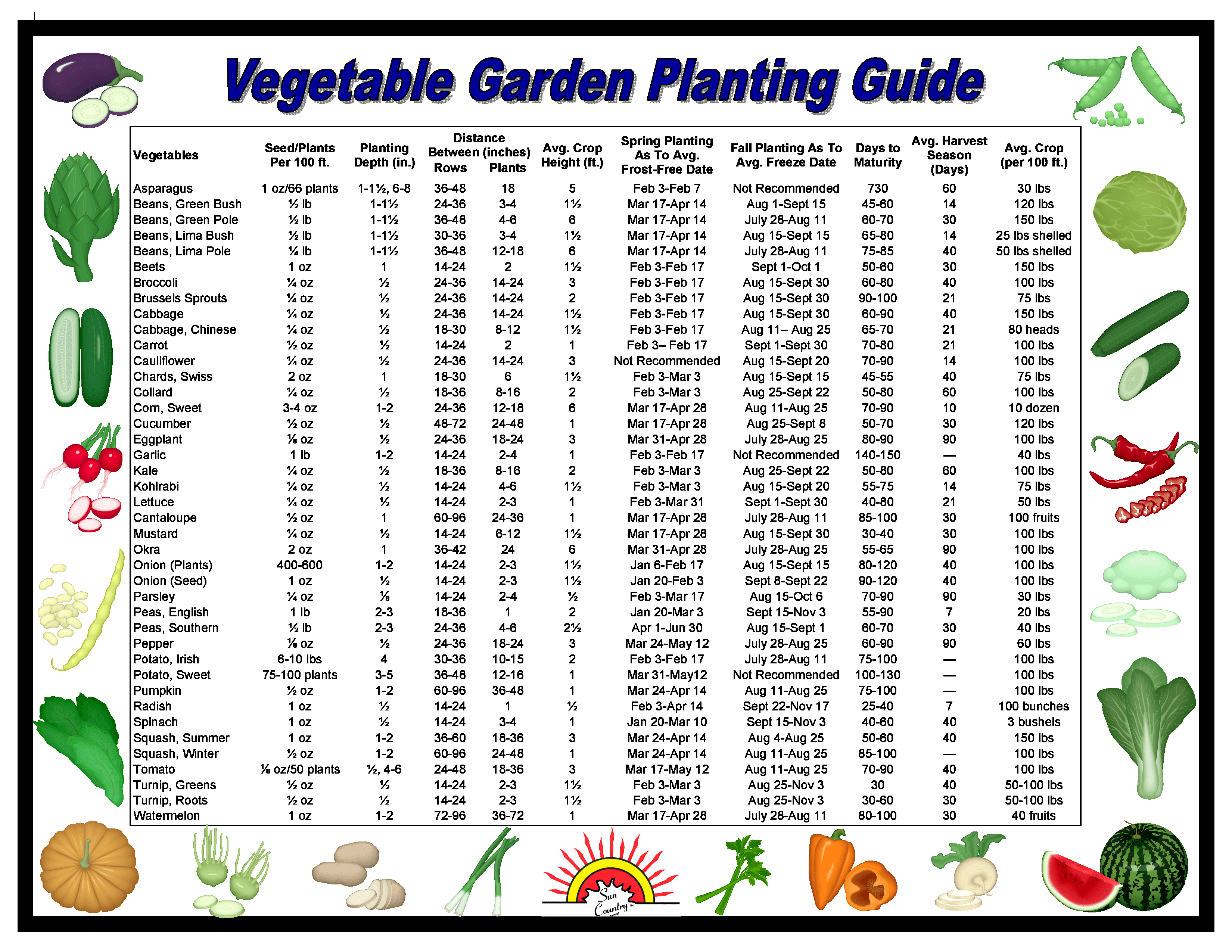Unlock Your Garden's Potential: A Month-by-Month Vegetable Planting Guide
Ever dreamed of stepping into your backyard and harvesting fresh, vibrant vegetables for your dinner table? Imagine the satisfaction of knowing exactly what went into growing your food, from seed to plate. With a little planning and knowledge about which vegetables thrive in each month, you can transform this dream into a reality. This comprehensive guide dives deep into the art of planning your vegetable garden, providing a month-by-month roadmap for successful planting.
Choosing the right vegetables to plant each month is key to maximizing your harvest. Factors like temperature, sunlight, and rainfall play a crucial role in a plant’s growth cycle. By understanding these factors and aligning your planting schedule accordingly, you can cultivate a flourishing garden that provides fresh produce throughout the year. This guide aims to empower you with the knowledge to curate the perfect vegetable garden, tailored to your specific location and climate.
The practice of planning vegetable gardens has deep roots, tracing back to ancient civilizations who understood the cyclical nature of planting and harvesting. From the terraced gardens of the Incas to the meticulously planned kitchen gardens of European monasteries, the art of cultivating vegetables has been refined over centuries. This rich history underscores the inherent human desire to connect with nature and nourish ourselves from the earth.
Today, planning a vegetable garden is more relevant than ever. In a world increasingly concerned with food security and sustainability, growing your own vegetables offers a powerful way to take control of your food source. Understanding what to plant each month not only increases your self-sufficiency but also connects you to the natural rhythms of the seasons.
One of the main challenges gardeners face is knowing what vegetables are best suited for each month’s specific conditions. This guide addresses this issue directly by providing a clear, concise overview of monthly planting recommendations. We’ll explore the specific needs of different vegetables, helping you make informed decisions about when and what to sow.
For instance, cool-season crops like spinach and lettuce thrive in the cooler temperatures of spring and fall, while warm-season crops like tomatoes and peppers require the heat of summer to flourish. Understanding these basic principles is fundamental to successful vegetable gardening.
Benefits of monthly vegetable planting include a continuous supply of fresh produce, cost savings, and the enjoyment of nurturing something from seed to harvest. Imagine having a ready supply of fresh herbs to elevate your cooking or the joy of sharing your homegrown tomatoes with neighbors.
To create a thriving garden, start by assessing your local climate and available space. Then, develop a planting calendar based on your chosen vegetables. Prepare the soil, ensuring it’s rich in nutrients, and choose high-quality seeds or seedlings. Consistent watering, weeding, and pest control are crucial for maintaining a healthy and productive garden.
Successful gardeners often keep a detailed journal, documenting what they plant each month, along with observations about growth, pests, and yields. This provides valuable insights for future seasons, allowing for continuous improvement and refinement of their gardening techniques.
Several online resources, books, and apps offer valuable guidance on vegetable gardening. Look for resources specific to your region for the most accurate and relevant information.
Advantages and Disadvantages of Monthly Planting
| Advantages | Disadvantages |
|---|---|
| Continuous harvest | Requires consistent effort |
| Cost savings | Susceptible to pests and diseases |
| Fresh, high-quality produce | Dependent on weather conditions |
Best practices include rotating crops to prevent soil depletion, using companion planting to deter pests, and practicing succession planting for a continuous harvest. Understanding these techniques can significantly enhance your garden’s productivity.
Real-world examples abound. Community gardens offer inspiring models of collaborative vegetable growing, while urban farms demonstrate how to maximize space and yield in limited areas.
Challenges like unpredictable weather or pest infestations can be mitigated with proactive planning and appropriate interventions. For example, using row covers can protect plants from unexpected frosts, while introducing beneficial insects can help control pest populations.
Frequently asked questions cover topics like choosing the right seeds, dealing with pests, and optimizing soil health. Researching these common questions can provide valuable insights for both novice and experienced gardeners.
Tips and tricks for successful vegetable gardening include starting seeds indoors for a head start on the growing season, using mulch to retain moisture, and regularly inspecting plants for signs of pests or diseases.
In conclusion, understanding what vegetables to plant each month is the cornerstone of a successful and rewarding gardening experience. By aligning your planting schedule with the natural rhythms of the seasons, you not only gain access to a continuous supply of fresh, nutritious produce but also connect with a timeless tradition of cultivating the earth. From the historical significance of planned gardens to the modern-day benefits of self-sufficiency and sustainability, the reasons for embracing this practice are numerous. By implementing the best practices outlined in this guide, addressing potential challenges proactively, and continuously learning from resources and experience, you can transform your garden into a thriving oasis of delicious, homegrown vegetables. Start planning your garden today, and reap the rewards of a bountiful harvest throughout the year! Embrace the journey of growing your own food and experience the joy of connecting with nature in a meaningful and fulfilling way.
Alinas 90 day fiance journey an instagram story
The intriguing dynamics of the wu lei and zhao lusi relationship
Unlocking knowledge a guide to halimbawa ng isang maikling pananaliksik














